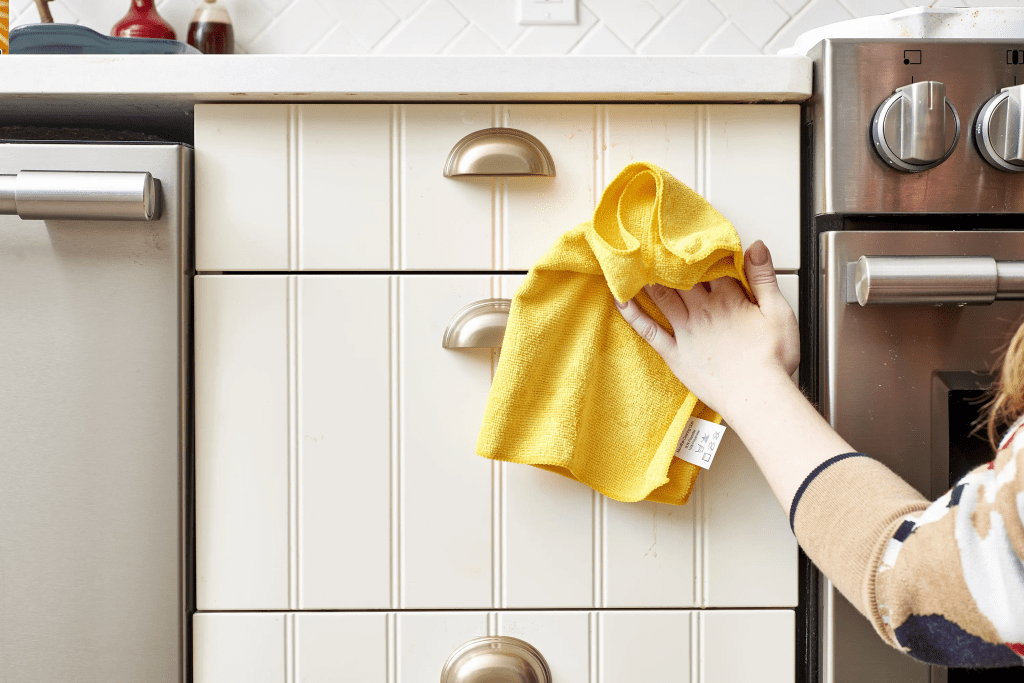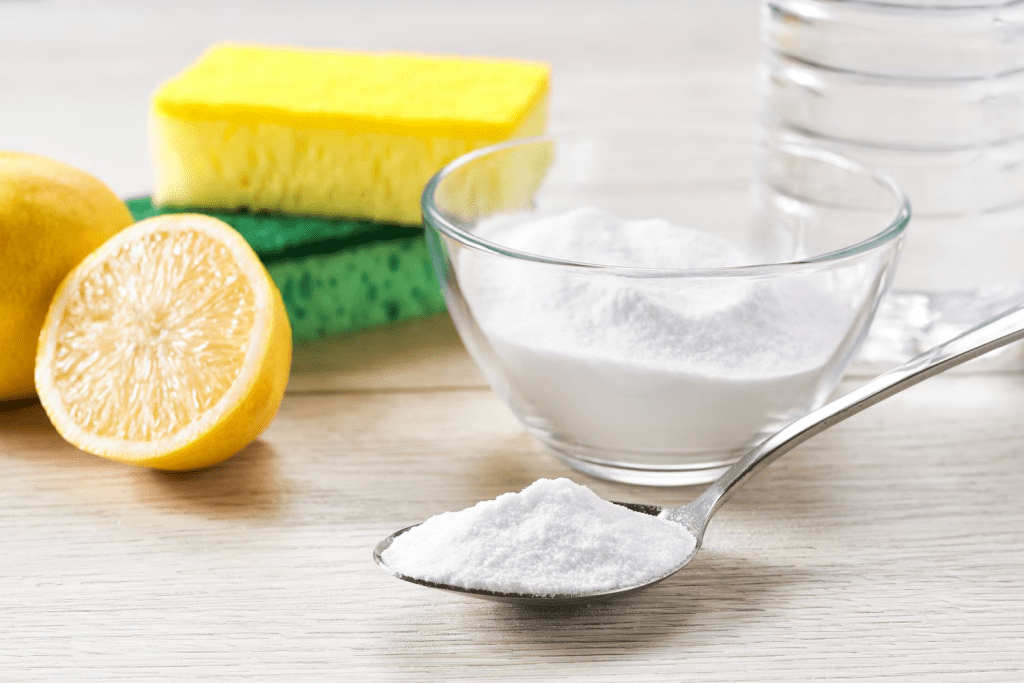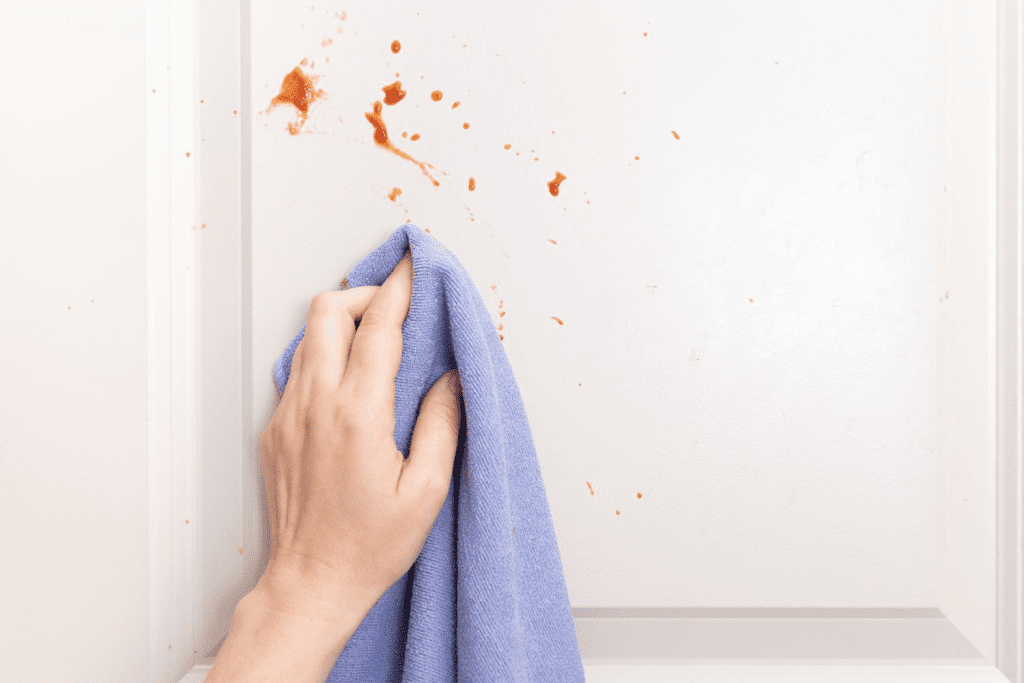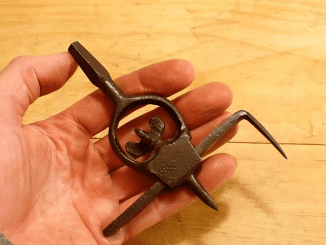A well-loved kitchen often bears the marks of years of cooking and family meals, and sometimes, that love translates into sticky, greasy cabinets. If you’re dealing with cabinets that haven’t been cleaned in over three years, don’t worry—it’s possible to bring them back to life. Here’s a complete guide to getting rid of that grime and restoring your kitchen cabinets to their former glory.
Understanding the Sticky Grease Buildup on Kitchen Cabinets

Kitchen cabinets can quickly become magnets for grease and grime. Over time, cooking oils, food particles, and dust settle on surfaces, creating a stubborn, sticky layer that regular cleaning won’t tackle. This layer builds up when cabinets are left uncleaned or wiped down only occasionally, which means a deep clean is necessary to remove the residue effectively.
Essential Supplies You’ll Need to Clean Sticky Kitchen Cabinets
Before diving into the cleaning process, gather the following supplies to make the task easier and more effective:
- Mild dish detergent or mild degreaser
- White vinegar
- Baking soda
- Warm water
- Microfiber cloths and sponges
- Soft-bristle brush (for scrubbing)
- Optional cleaning gloves
- Commercial degreaser (for extreme cases)
Having these tools and solutions on hand will streamline the cleaning process, allowing you to tackle grease without damaging your cabinets.
Preparing Your Kitchen and Cabinets for a Deep Clean
To make the cleaning process smoother, it’s helpful to prepare your kitchen and cabinets. Start by emptying the cabinets entirely to get unhindered access to all surfaces. If your cabinets have handles or hardware, remove them if possible, as they can trap grease and grime around the edges.
Protect your countertops and floors by placing towels or plastic sheets under the cabinets, as this will catch any drips or spills. Additionally, open a window or use a fan for ventilation if you’re working with strong cleaning products.
Step-by-Step Guide to Cleaning Greasy Kitchen Cabinets
Follow these steps to make your cabinets look fresh and clean:
- Create a Cleaning Solution: Mix equal parts warm water and white vinegar in a spray bottle. Vinegar is a natural degreaser and works well for dissolving sticky residue.
- Wipe Down Surfaces: Spray the solution on a microfiber cloth (or directly onto the cabinets for heavy buildup) and gently wipe down each cabinet surface. Use a circular motion to lift off the grime without scratching the finish.
- Scrub Stubborn Grease: For spots that don’t come clean easily, mix baking soda with a little water to form a paste. Apply it to the sticky areas, and scrub gently with a soft-bristle brush. Baking soda is mildly abrasive, so it will help break down tough grime without harming your cabinet finish.
- Rinse and Repeat: Rinse the microfiber cloth often and repeat the wiping process until all residue is removed. For deeply ingrained grease, you may need to repeat these steps several times.
- Final Rinse and Dry: Finish by wiping the cabinets with a clean, damp cloth to remove any remaining cleaning solution. Dry them thoroughly with another clean cloth to prevent streaks or water spots.
Using Natural Cleaning Solutions for Tough Grease
For those who prefer natural cleaning methods, some powerful homemade solutions can handle even the toughest grease. Try this method if you’re looking for a chemical-free approach:

- Baking Soda and Vegetable Oil Paste: Mix a small amount of baking soda with vegetable oil to create a paste. The oil helps to loosen up the grease, and the baking soda provides a gentle abrasive action. Apply this paste to the greasiest areas, let it sit for a few minutes, and then gently scrub.
- Full-Strength White Vinegar: Spray undiluted white vinegar directly onto greasy surfaces, let it sit for five minutes, and then wipe clean. Vinegar is a safe, natural degreaser that cuts through buildup without leaving harmful residues.
Natural cleaners are ideal for those who want to avoid commercial products, though they may require a bit more scrubbing for heavily neglected cabinets.
When to Use Commercial Degreasers for Stubborn Grime
In cases where the natural methods don’t seem to cut it, commercial degreasers can be very effective. These products are formulated to dissolve grease and are often used in professional kitchens for deep cleaning.
- Choose the Right Product: Ensure the degreaser is safe for your cabinet material (wood, laminate, etc.). Some degreasers are too harsh for wooden cabinets, so read the label carefully.
- Apply Carefully: Follow the manufacturer’s instructions closely, usually applying the degreaser to a cloth or sponge instead of spraying it directly on the cabinet. Let the product sit for the recommended time to break down the grease, then wipe it clean.
- Rinse Thoroughly: After using a commercial product, always wipe down the cabinet with a damp cloth to remove any residual cleaner, as leaving it on could damage the cabinet finish over time.
Tips to Prevent Grease and Dirt Buildup on Kitchen Cabinets

Once your cabinets are clean, you’ll want to keep them that way for as long as possible. Here are some tips to prevent future grease buildup:
- Establish a Routine: Wipe down cabinets weekly using a mild detergent or vinegar solution. A quick weekly wipe will prevent grease from building up again.
- Use a Splatter Guard: When frying or cooking with oils, consider using a splatter guard. This simple tool reduces the amount of oil that escapes into the air and eventually lands on your cabinets.
- Ventilation Matters: Always turn on your kitchen exhaust fan or range hood when cooking, especially if you’re working with oils. Good ventilation removes much of the airborne grease, keeping it off your cabinets and other surfaces.
Conclusion: Restoring Your Kitchen Cabinets to Their Former Glory
Cleaning sticky, greasy cabinets that haven’t been touched in years may feel overwhelming, but with the right supplies and techniques, you can revive them effectively. From natural solutions like vinegar and baking soda to commercial degreasers, there’s an option for every level of grime. Once clean, a little regular maintenance will go a long way in keeping your cabinets looking great. A clean kitchen not only enhances the look of your home but also makes it a healthier and more inviting space for you and your family.


